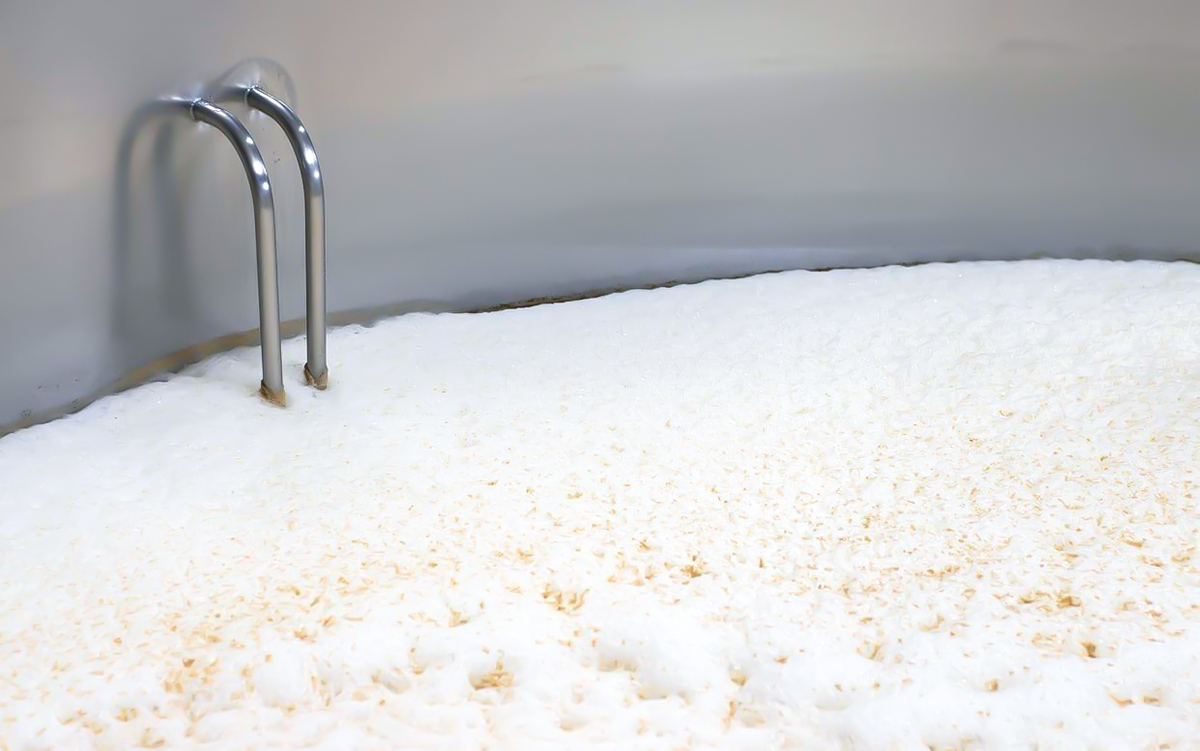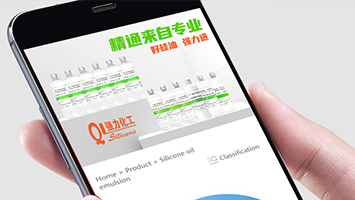1. About bubbles
1) What is a bubble?
Defoaming agent is an additive that eliminates foam. A large amount of foam will be generated during the production and application process in the fields of coatings, textiles, medicine, fermentation, papermaking, water treatment and petrochemical industry, which will affect product quality and production process. Based on the suppression and elimination of foam, a specific amount of defoaming agent is usually added during production.

2) Causes of bubbles
(1) Use of surfactants;
(2) Use of polymer compounds;
(3) It has certain defoaming ability, but the foaming speed is greater than the defoaming speed;
(4) Since the system is thick and stirring is used during production or processing, bubbles will be generated due to the entry of air;
(5) When a chemical reaction occurs in the system itself, some gas molecules are produced. This process is sometimes called a degassing or aspirating process.
3) Why defoaming
(1) Cause the reaction materials to overflow the reactor, causing waste of raw materials and reducing production capacity;
(2) Due to insufficient collision between raw materials, the reaction cycle is prolonged;
(3) Cause a decline in product quality;
(4) The operation becomes passive and the generation of foam prevents normal production.
2. Defoaming mechanism
The surface tension of the defoaming agent is low, and it is easy to enter the liquid film and expand, reducing the surface tension of the liquid film, causing the liquid film to gradually become thinner, causing uneven internal stress, and losing the ability to repair itself, causing it to rupture. Methods to eliminate foam from a chemical perspective mainly include chemical reaction methods and methods of adding defoaming agents. The chemical reaction method refers to adding some reagents to cause a chemical reaction with the foaming agent to generate water-insoluble substances, thereby reducing the concentration of surfactants in the liquid film and promoting the rupture of the foam. However, this method involves foaming. The composition of the agent is uncertain and the production of insoluble substances may cause harm to the system equipment. Nowadays, the most widely used defoaming method in all walks of life is the method of adding defoaming agents. The biggest advantages of this method are high foam breaking efficiency and easy use. However, finding a suitable and efficient defoaming agent is the key.
3. Classification, characteristics and composition of defoaming agents
1) Classification
Silicone defoamer, polyether defoamer, mineral oil defoamer, fatty alcohol defoamer, solid defoamer
2)Features
Polyether defoamer has excellent properties such as strong foam suppression ability and high temperature resistance. The disadvantage is that it has certain toxicity, the use conditions are limited by temperature, the foam breaking rate is not high, and the application field is narrow. Common glycerol polyether defoaming agents on the market can be roughly divided into GP type-polyoxypropylene glycerol polyether, GPE type-polyoxypropylene polyoxyethylene glyceryl ether and GPES type-polyoxypropylene polyoxyethylene glycerol polyether ester.
Silicone defoamer is a liquid containing polysiloxane as its main active ingredient and has a particularly low surface tension. At the same time, fillers such as silica are added to form the main defoaming component, which can be prepared into emulsion defoaming agents and solid defoaming agents. Its basic characteristics include stable chemical properties, wide range of uses, low volatility, non-toxicity, and outstanding defoaming ability. The disadvantage is poor foam suppression performance.
3) Composition
Active ingredient - the most important core part, plays the role of breaking bubbles and reducing surface tension;
Representative substances: silicone oil, polyethers, higher alcohols, mineral oil, vegetable oil, etc.
Emulsifier-disperses the active ingredients into small particles so that they can be better dispersed into oil or water and achieve better defoaming effect;
Representative substances: non(octyl)phenol polyoxyethylene ether, soap salt, op series, etc., Tween series, Span series, etc.
Carrier - accounts for a large proportion of the defoaming agent. Its surface tension is not high and it mainly plays the role of supporting medium. It is beneficial to the foam suppression and defoaming effects and can reduce costs;
Representative substances: solvents other than water, such as aliphatic hydrocarbons, aromatic hydrocarbons, oxygenated solvents, etc.
Emulsifying aids - make the emulsification effect better.
Representative substances: dispersant: hydrophobic silica, etc.; tackifier: CMC, polyvinyl ether, etc.




